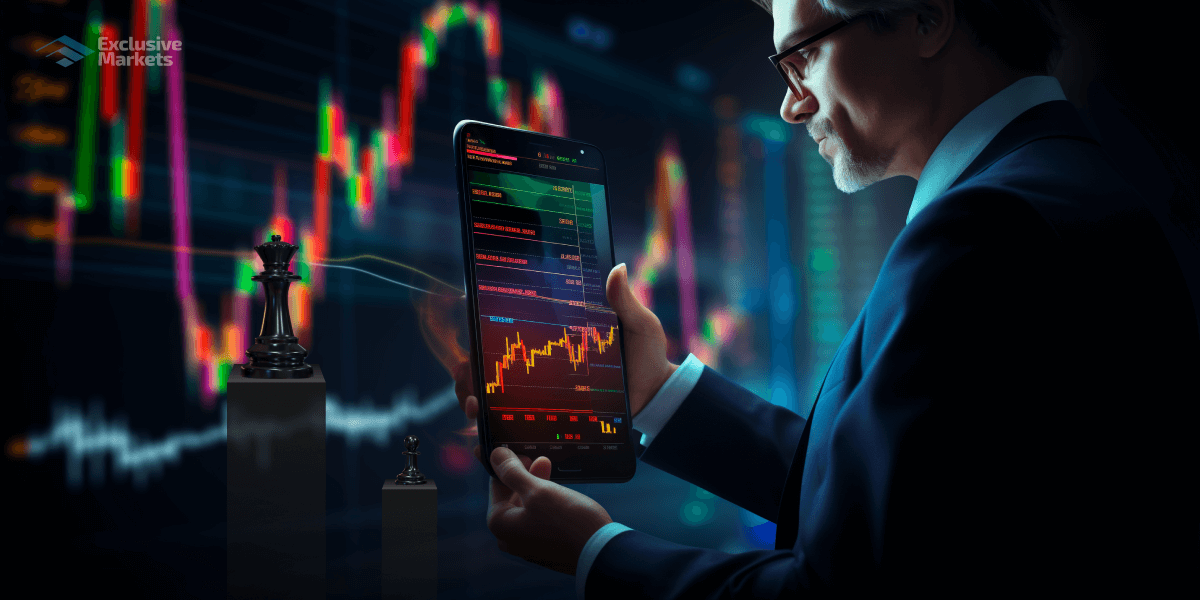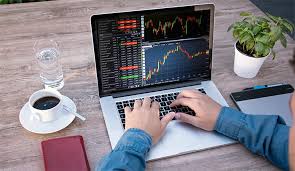29 Oct How to Open a Forex Trading Account A Complete Guide 1822031829

How to Open a Forex Trading Account: A Complete Guide
Opening a forex trading account is the first step for anyone looking to dive into the world of currency trading. With the growing popularity of forex markets, more traders than ever are seeking to take advantage of the opportunities available. Whether you’re a seasoned investor or a complete novice, understanding how to open a forex trading account is crucial for your success. If you’re in Pakistan, you can check out open forex trading account Trading Brokers in Pakistan for a list of reliable brokers. In this guide, we’ll walk you through the essential steps and considerations involved in opening a forex trading account.
1. Understanding Forex Trading
Before you open a forex trading account, it’s important to have a basic understanding of what forex trading is. Forex, or foreign exchange, is a global marketplace where currencies are traded. This market is one of the largest in the world, and it operates 24 hours a day, five days a week. Traders buy and sell currency pairs, speculating on the movements of exchange rates. The goal is to make a profit by buying at a lower price and selling at a higher price.
2. Choosing a Forex Broker
The first step in opening a forex trading account is to choose a reliable broker. Your broker will facilitate your trades, provide you with trading tools, and offer customer support. When selecting a broker, consider the following factors:
- Regulation: Ensure that the broker is regulated by a recognized financial authority to ensure the safety of your funds.
- Trading Platforms: Check the trading platform they offer. Popular platforms include MetaTrader 4 and MetaTrader 5.
- Spreads and Fees: Different brokers have different spreads and fees. Look for a broker with competitive rates to maximize your profits.
- Customer Support: Good customer support can make a significant difference in your trading experience. Choose a broker that offers 24/7 support.
3. Gathering Required Documents
Once you have chosen a broker, you will need to provide certain documents to open your trading account. These typically include:
- Identification: A government-issued ID (passport, driver’s license) to verify your identity.
- Proof of Address: A recent utility bill or bank statement that shows your name and address.
- Financial Information: Some brokers may require details about your financial standing to assess your eligibility for trading.
4. Opening Your Account
After gathering the necessary documents, you can proceed to open your trading account. Most brokers offer online account registration. The steps typically involve:
- Filling out the online application form.
- Submitting the required documents.
- Agreeing to the broker’s terms and conditions.
- Verifying your account through the broker’s procedures.
Once you’ve completed these steps, your account will be set up, and you will receive your login details.

5. Funding Your Account
After your account is created, the next step is to fund it. Most brokers offer various funding methods, including bank transfers, credit/debit cards, and e-wallets. Choose a method that is convenient for you. Be aware of any deposit fees and minimum deposit requirements.
6. Start Trading
Once your account is funded, you’re ready to start trading. It’s advisable to start with a demo account if you’re new to forex trading. A demo account allows you to practice trading with virtual money until you feel confident enough to trade with real funds.
7. Developing a Trading Strategy
Before diving into live trading, it’s crucial to have a trading strategy in place. This should include:
- Risk Management: Determine how much of your capital you are willing to risk on each trade.
- Entry and Exit Points: Identify clear entry and exit points based on technical or fundamental analysis.
- Market Analysis: Stay informed about market trends and news that may impact currency movements.
8. Regularly Monitor Your Trades
Once you have started trading, it’s important to continuously monitor your trades and the market. Keep up with economic news, reports, and currency pair movements. Successful traders often readjust their strategies based on market conditions.
9. Choosing the Right Account Type
Depending on your trading needs, brokers usually offer different types of accounts, such as standard, mini, and micro accounts. Choose the one that aligns with your trading style and capital. Standard accounts typically require a higher minimum deposit, while micro accounts allow you to trade with smaller amounts.
10. Continuous Learning and Improvement
The forex market is dynamic and ever-changing, making continuous learning essential for success. Consider attending webinars, taking online courses, or reading books on forex trading. Join trading forums to connect with other traders and exchange tips and insights.
Conclusion
Opening a forex trading account is your gateway to participating in one of the largest financial markets in the world. By choosing a reliable broker, preparing the necessary documents, and developing a solid trading strategy, you can embark on your trading journey with confidence. Remember that forex trading involves risks, and it’s crucial to invest only what you can afford to lose. Happy trading!



